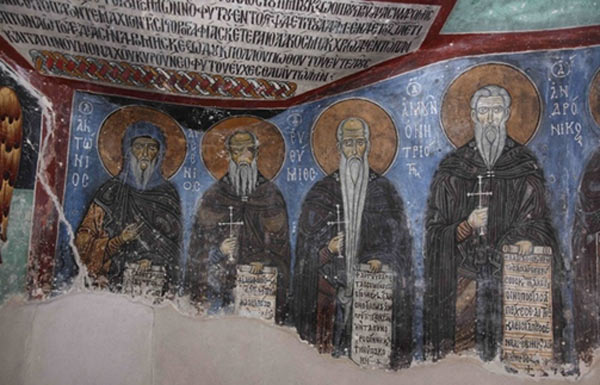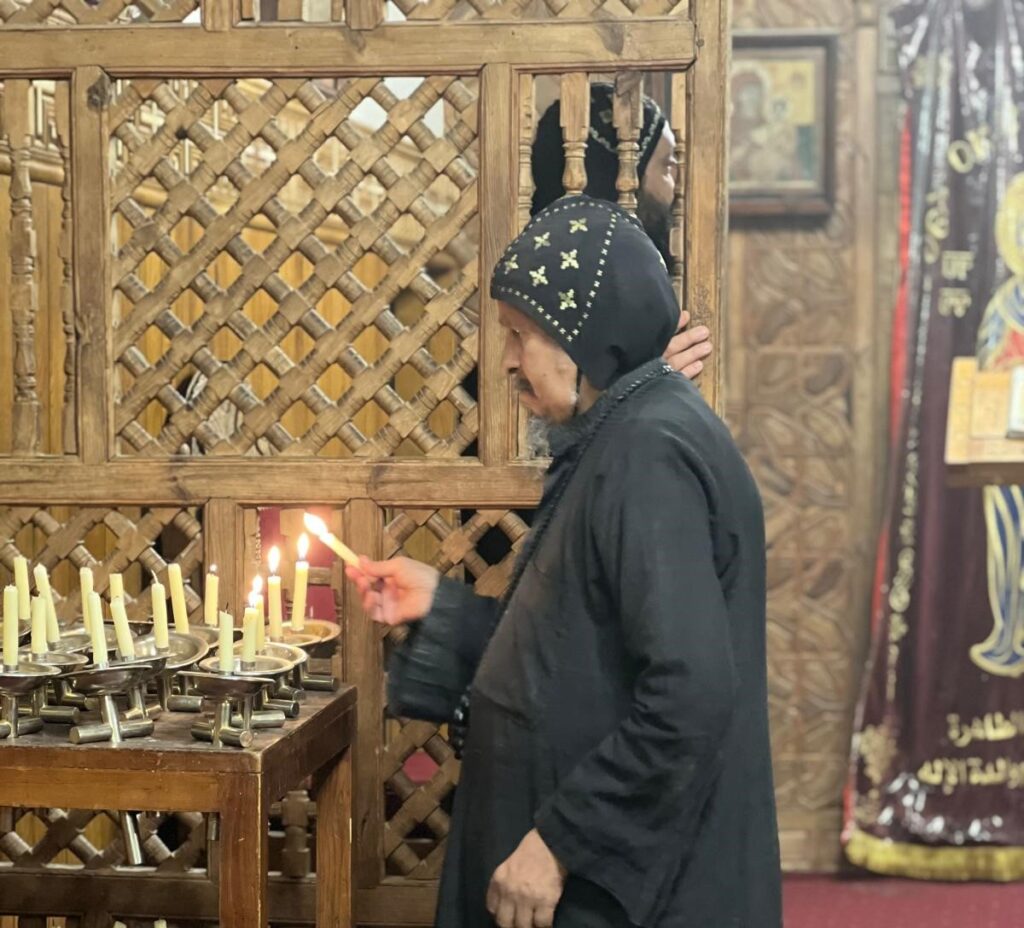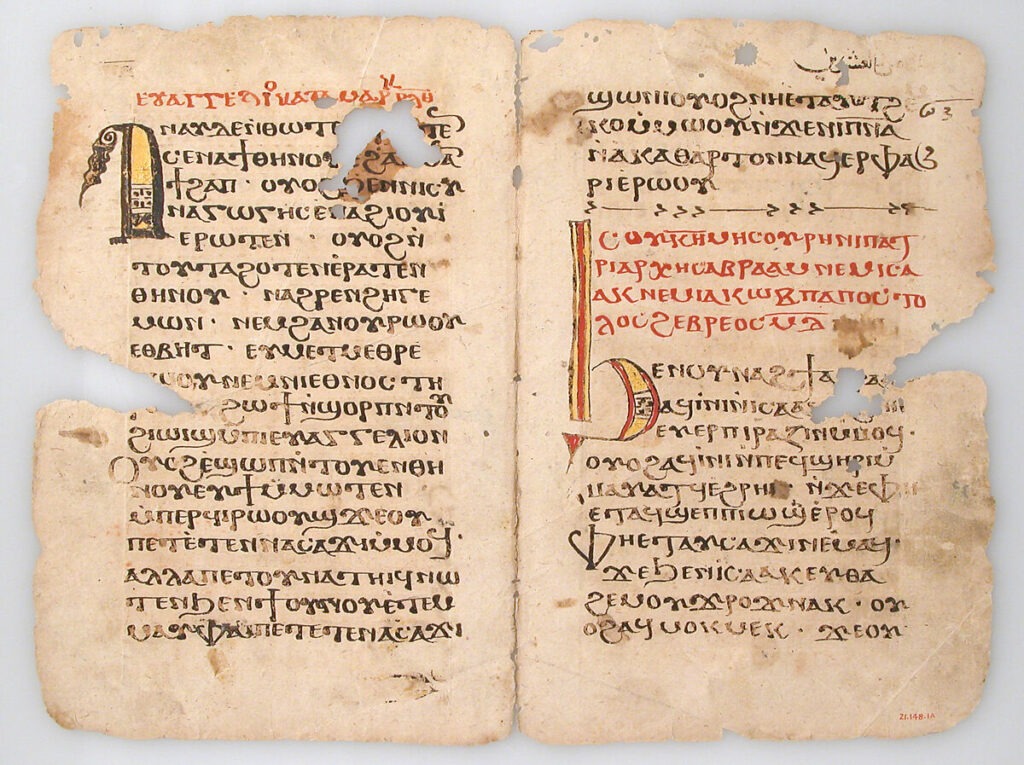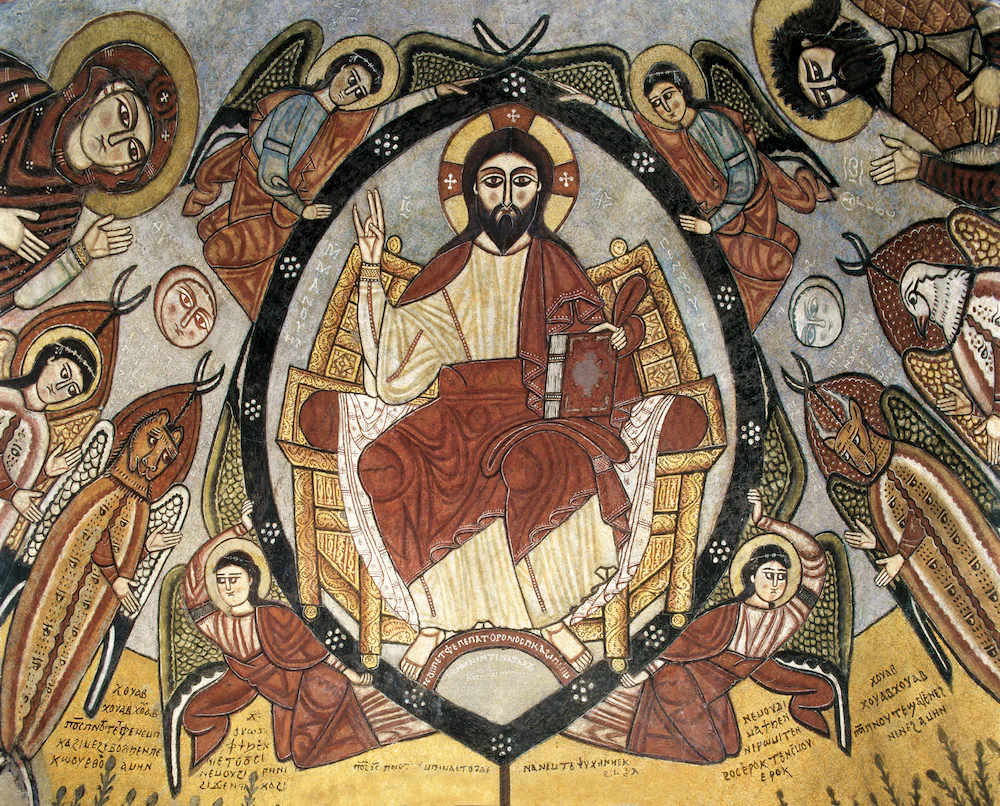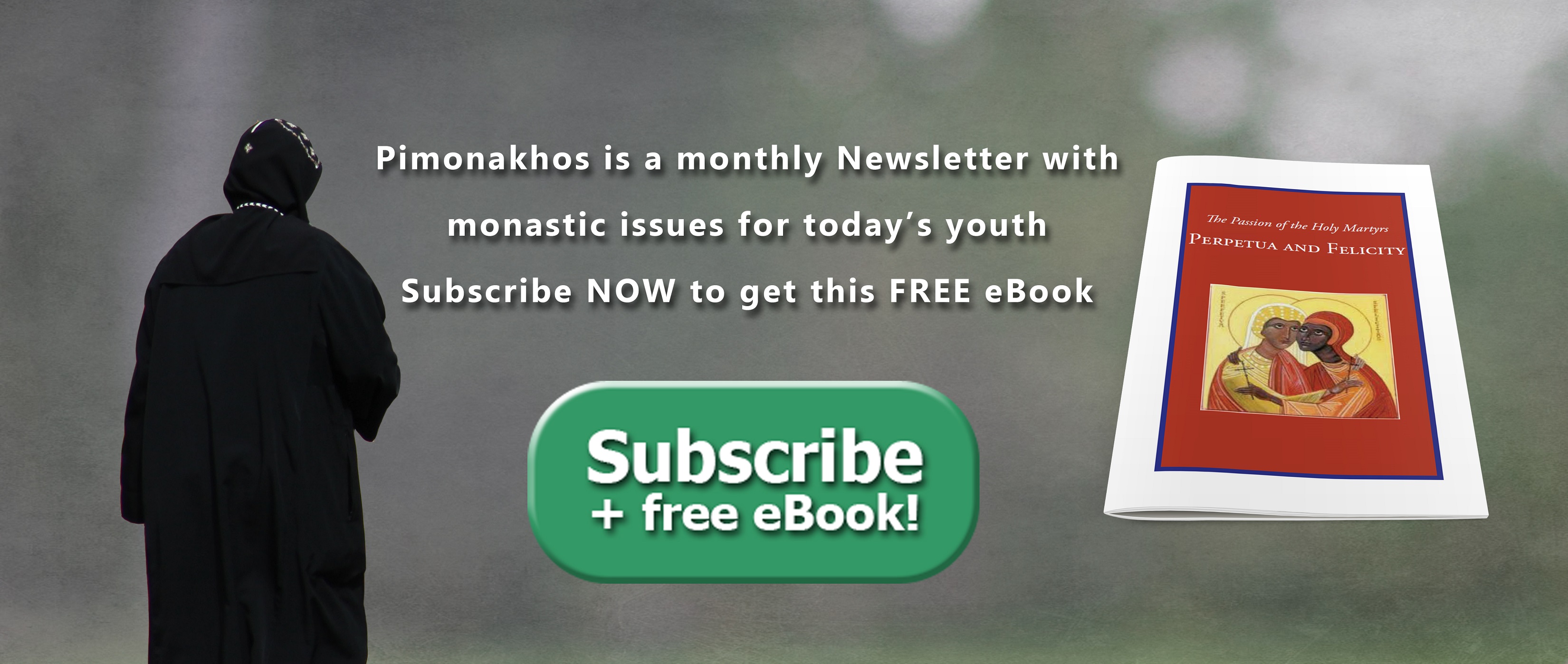The practices of monastic companionship and cohabitation described in the Spiritual Meadow had emerged long before the late sixth century. The practice of cohabiting monks first developed in the course of the fourth century, in the early years of the Christian monastic movement in Egypt. One of the earliest Christian saint’s lives, Athanasios’s Life of …
The practices of monastic companionship and cohabitation described in the Spiritual Meadow had emerged long before the late sixth century. The practice of cohabiting monks first developed in the course of the fourth century, in the early years of the Christian monastic movement in Egypt. One of the earliest Christian saint’s lives, Athanasios’s Life of Antony, includes the story that after this great founder of the monastic life emerged from living in a tomb on the outskirts of his native village at about age thirty-five, he approached an older ascetic and “asked him to dwell with him in the wilderness.” The elder declined “because of his advanced age and because this practice was not yet the custom.” Only then did Antony set out alone. Athanasios’s remark indicates that already by the time he was writing in the 350s, monastic cohabitation had become one of a variety of styles of monastic life. Antony’s politely refused request might even have had the effect of licensing such an arrangement for those hearing Athanasios’s text.
A variety of evidence from the mid-fourth century on, attests monks living in pairs, particularly in the Christian East Byzantium. Moreover, the literature of monasticism in late antiquity provides ample evidence for the idealization of monastic companions, where they frequently became vehicles for portraying key monastic virtues. The various collections of early Egyptian monastic wisdom known as the Apophthegmata patrum relate anecdotes about fourth and fifth-century monks but were redacted and disseminated in the late fifth and early sixth centuries, probably in Palestine. They provide access to literary and oral traditions that would have been familiar to Moschos and his readers. The section “On Charity” in the Anonymous Series of the Apophthegmata includes stories of monks living together in the Egyptian desert intended to articulate Christian ideals of love. In one account “two old men who had lived together for many years” attempted and failed to have a fight even when they placed a brick between them; neither claimed it as his own, and they were thus “unable to find an occasion for argument.”
An additional story from the Anonymous Series’ section “On Lust” confirms the risks that envisioning monks together might entail and provides a counterpoint to the vision of Stephen the Cappadocian. The demon Lust (Porneia) was one of the eight evil thoughts or “passions” that regularly attacked monks in the wilderness and against which they engaged in spiritual combat.
While nearly all the surviving accounts of monastic cohabitation tell of men, a chapter in Theodoret of Cyrrhus’s Religious History, a work of the 440s, confirms that women also could exhibit an ideal pattern of paired celibates. He related the story of his contemporaries Marana and Cyra, two natives of Berroia (modern Aleppo) in Syria. Living in a domestic compound outside of the city, the women had closed up the gate with clay and stones. Marana and Cyra “embraced the open-air life” with “neither house nor hut.” Marana alone spoke when, during the season of Pentecost, many women came to see them and conversed with them through a small window in the gate. For forty-two years they lived there, wearing elaborate iron weights and practicing rigorous and prolonged fasts. During this time they “contemplated the beauty of the Bridegroom. the Beloved.” (Once they went on pilgrimage to Jerusalem together, eating nothing on the way there or back but only while in the city. And they made a similar fasting journey to the shrine of Saint Thecla in Isauria.) Theodoret, who presented them as models for other women, concluded that “divine yearning had driven them to frenzy . . . and divine love for the Bridegroom had driven them mad.”
A different sort of yearning received investigation in stories where one brother in a monastic pair left his companion, a theme present in monastic literature long before the tearful parting of Symeon the Fool and John. The theme of the departing brother featured in two paired anecdotes in the section “On Lust” in the Systematic Collection of the Apophthegmata patrum. In one story a monk complained to an elder, “My brother leaves me and goes away hither and yon, and I am distressed.” The elder counseled him: “Bear with him, brother, and God, seeing the suffering of your patient endurance, will return him to you.” And in the second anecdote one of two brothers in the Thebaid region of Egypt came under the influence of the demon of fornication and decided to leave his companion to return to the world. His companion would not allow him to go alone and on the advice of an elder determined to accompany his brother so that God, “for the sake of his suffering,” would not allow his companion to fall. And indeed, when he followed him, God saw the “suffering of his love” and “he won the war against his brother.” In both cases the saying reinforced the value of patient endurance of the wayward brother. A commitment to abide with each other remained implicit.
The literary function of these narratives of shared ascetic practice conforms to the broader aims of early Christian hagiographic literature, presenting models for emulation and reverence. These stories both illustrated and encouraged the virtues of love, chastity, fidelity, patience, and endurance. In valorising a shared ascetic life, they offered Christian models for friendship and mutual responsibility.
Join Us: Sign Up Today!
Tags:



